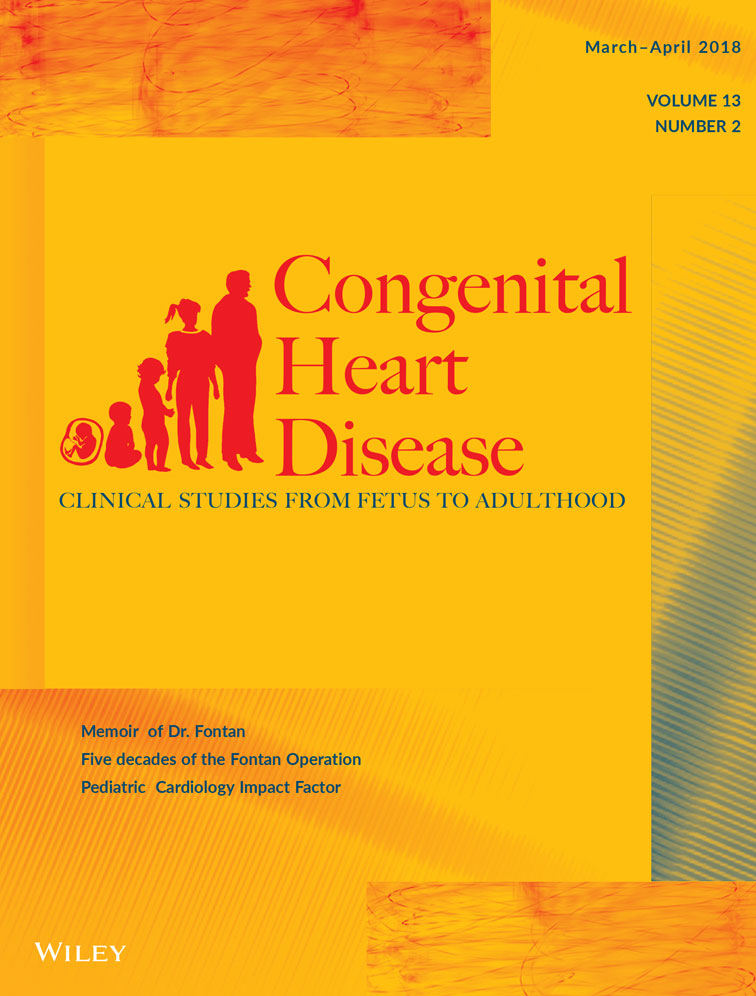Fetal heart size measurements as new predictors of homozygous α-thalassemia-1 in mid-pregnancy
Funding information: Guangxi medical and health technology development and application project, Grant/Award Number: S2017062, Z2010063; Key disciplines of maternal and child health services in Guangxi (Gui Wei Fuyou Fa ([2017] 2)
Abstract
Objective
To evaluate the efficacy of using fetal heart size measurements derived from axial echocardiography to predict homozygous α-thalassemia-1.
Design
Prospective diagnostic study.
Setting
The carrier rate of α-thalassemia-1 (–/αα) in China's Guangxi Zhuang Autonomous Region is approximately 15%. If both parents are carriers, the risk of homozygous α-thalassemia-1 in one pregnancy is 25%.
Patients
Singleton mid-pregnancies at risk of homozygous α-thalassemia-1 were enrolled.
Outcome Measures
Fetal heart measurements, including heart diameter (HD), heart length (HL), heart circumference (HC), and heart area (HA), were measured. The z-scores for these heart parameters were then calculated separately based on previously constructed z-score models. Finally, the accuracy of these predictive variables was analyzed and compared to that achieved by cardiothoracic ratio (CTR) using a receiver operating characteristic (ROC) curves analysis.
Results
A total of 214 singleton pregnancies were recruited. The discriminatory power of HA and HD z-scores was better (z-test P< .01) while that of HC and HL z-scores was comparable to (z-test P>.05) that of CTR. HD combined with HA z-scores had the highest sensitivity (100%), and the specificity of HD and/or HA z-scores was 100%.
Conclusion
Fetal heart size measurements are novel, effective and noninvasive predictors of homozygosity for α-thalassemia-1 in mid-pregnancy. The discriminatory power of HD and HA z-scores was better than while that of HC and HL z-scores was comparable to that of CTR. Further investigation is needed to understand the effectiveness of these predictors.
CONFLICT OF INTEREST
There are not any commercial or other associations that might pose a conflict of interest in connection with this article.




